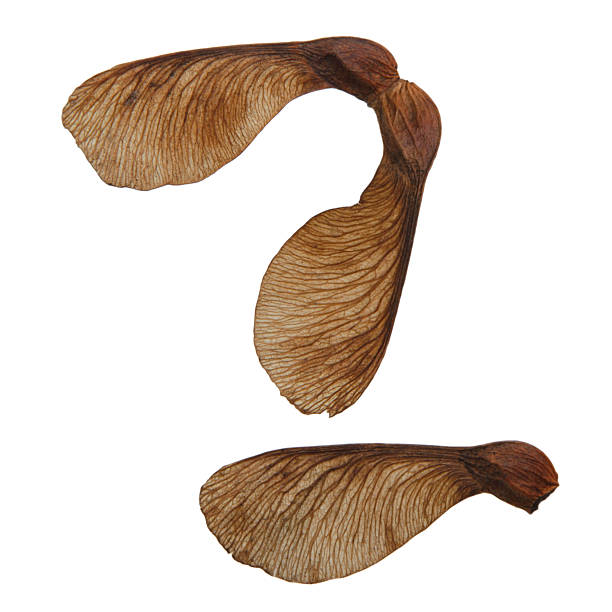How does a tree (or any plant, really), know to evolve to produce a delicious fruit or a poison berry, a seed inside an impenetrable shell, or invent a type of flying machine, in order to reproduce? (Each of these examples exists in my backyard)
How do they receive feedback about their evolutionary experiments? How do they know it worked/failed. [10]



How does a tree evolve a wing? - not to fly, but to propagate.
Parallel evolution makes sense to me in the animal kingdom, but a tree evolving winged vehicles for their seed is just mind blowing when I think about it.
berries and wings don’t just randomly appear out of nowhere from year to year do they?
do we have any physical records of plants actually evolving these different methods like we do with bone structure of primates evolving?
If a tree mutates and it produces a seed that is slightly flatter than its competition, then that seed will fall farther and the tree will be slightly more likely to reproduce over its competition. Repeat this for several million generations over millions and millions of years.
How long is a generation when trees can be several thousand years old?
A generation just has to be the age gap between a plant and a plant from any of its seeds. So if a tree can start to flower and drop seeds around year 3, then it’s as minimal as a 3-year gap between “generations”.
Did you just make this up, or is it actually true for these kinds of trees that can be several thousand years old?
Number was plucked out of my ass. But sure, let’s look at a redwood and see when they start reproducing.
The Sierra Redwood can reproduce sexually (seeds in cones) as early as 24 years old, but one source I found said that seeds are usually not high-quality until the tree is 200+ years old. It also takes about a 2-year maturation period within the cone before being ready for planting. Other types of redwoods can reproduce asexually, which may have an effect on the rate of expression of the mutated genes.
That’s quite interesting. And impressive, too!
Thank you for looking it up.
It doesn’t matter how old the trees can ultimately live, just how long it takes for one of its offspring trees to grow enough to then itself make more offspring. And in some species of trees, that can be as little as 3 years
Thinking about it has given me the hint to ask this question :)
I’m not arguing, I wanted to learn something.
Do your parents have to die for you to be the next generation? No. An organism and it’s offspring are very frequently alive at the same time and apart of different generations. Once an organism has offspring, a new generation exists. So however old an is when it can reproduce, that is the length of a generation for that species. It has nothing to do with how long said organism can live.
You might be underestimating the timescales involved.
For example, grass - super simple organism, right? Should have appeared early on? No, dinosaurs appeared before grass did. But when the first grasses did evolve, wow, they were successful on a scale that is hard to overstate.
The beauty of sexual reproduction, from an evolutionary point of view, is that by its very nature, it allows many experiments to take place at once. The success criteria of each experiment is how many babies can the subject make.
Little wings evolve on seed pods for the same reason they evolved on anything else. For whatever reason, each step along the way made them a tiny bit more successful at having babies than those without.
Maybe a little spike makes them slightly less likely to be eaten, a bigger spike less likely still. A flatter spike helped them catch the wind and scatter further afield, and broader ones further still.
There’s no feedback needed for individuals in this system - it’s literally a numbers game based on who/what can make the most babies. They’re the ones who, millions of years down the line, end up winning.
if you want a contemporary and highly entertaining way of exploring evolution, check out baba brinkman’s rap guide to evolution
https://www.youtube.com/channel/UCz9Qm66ewnY0LAlZlL4HK9g
its readily available on the net and its an excellent and fun way to contemplate many of the questions you have.
They do! Any useful trait is likely to appear more than once in different species.